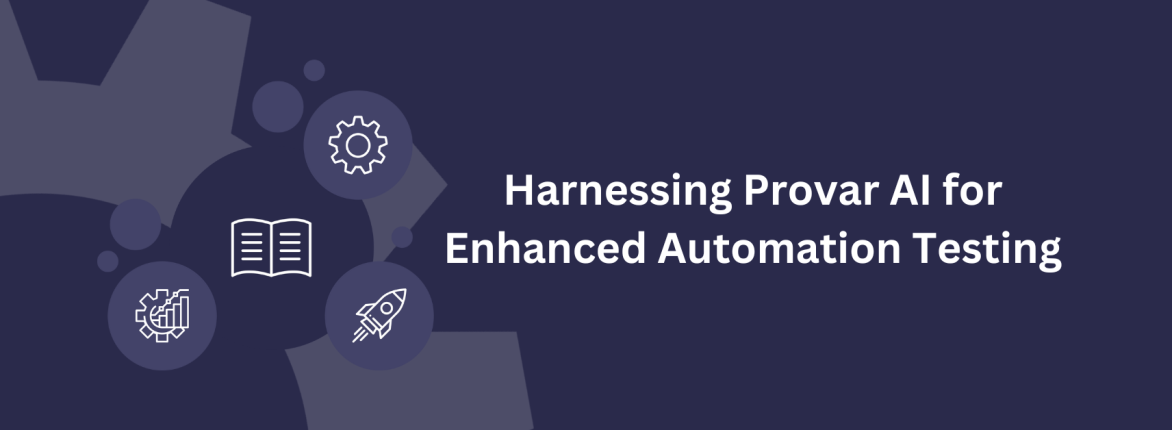The news came out last Monday: Salesforce has acquired its third data intelligence startup of the year, MetaMind and PredictionIO. This comes fast on the back of their April purchase of MetaMind and the February purchase of PredictionIO. Details aren’t yet available about how these technologies will be absorbed into Salesforce’s core offerings, but with technology like MetaMind’s image recognition, it will be interesting to find out.
Salesforce’s focus on data-driven software and analytics has indeed been intensifying. Salesforce CEO Marc Benioff said recently:
“This will be the massive shift in the future, which is that everybody wants more innovative systems
So, how can we get smarter with test automation?
Often, this is done by hiring smart test automation engineers. They have the technical skills to program tests using Selenium or other code-based frameworks. These are time-consuming to set up and laborious to maintain. And it often comes unstuck, then the “smart” engineers move on, leaving a framework that no one else understands to gather dust.
This kind of test automation is not maintainable, scalable, or cost-effective. It relies on intelligent people instead of being smart.
But this can’t be the future, can it? We shouldn’t have to rely on intelligent people. We need to bring ‘smart’ into the tools.
When we started Provar, we set off with this mission in mind. Our mission was to make a tool that understood Salesforce intuitively as a human does.
How did we do that? Our solution was to integrate Provar into the metadata of Salesforce itself. This gives Provar a native understanding of how Salesforce works and how to test it. So Provar automatically suggests field locators that won’t break. It recognizes when a page layout or a Visualforce page change is only cosmetic. It knows that you need to start by closing any existing tabs to test a console. It automatically cleans up test data after each test run so you don’t lose your limits. It can contact other systems to verify test results in a different database or email system.
Setting these things up in Provar doesn’t take time the way it does in code. That’s because you’re not teaching the tool to be smart – it already is.
Most test automation strategy advises:
“Pick the simplest tests.”
“Find the most repetitive and monotonous activities.”
“Don’t automate anything too complicated.”
This is good advice, but it’s built on believing that only the most straightforward test automation can deliver ROI.
You can turn this on its head with a more innovative testing tool.
When working with a customer, we don’t ask for the simplest tests to automate. We say the opposite: “What are your hardest, most complicated tests? Give us those.” We have still never found a test that we can’t deliver.
Our customers report a reduction in regression testing time ranging from 50% to 94%. An independent comparison found us between 4 and 6 times faster than Selenium across test authoring, maintenance, and execution. We’re proud of these results, but we’re not surprised.
This is the power of a smart tool (MetaMind and PredictionIO), and it’s getting smarter.
Originally posted on LinkedIn on 16 May 2016.









